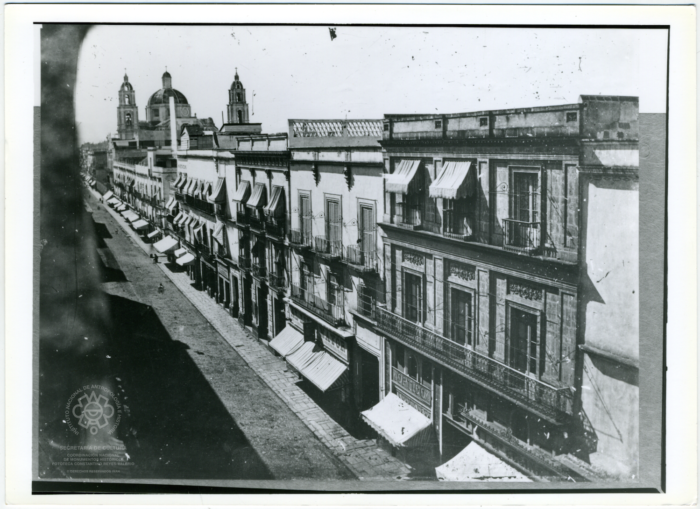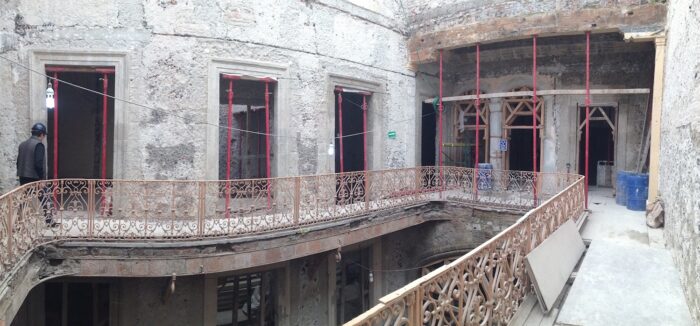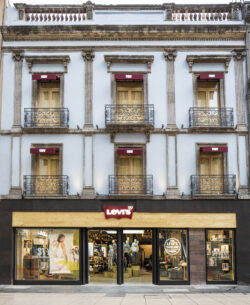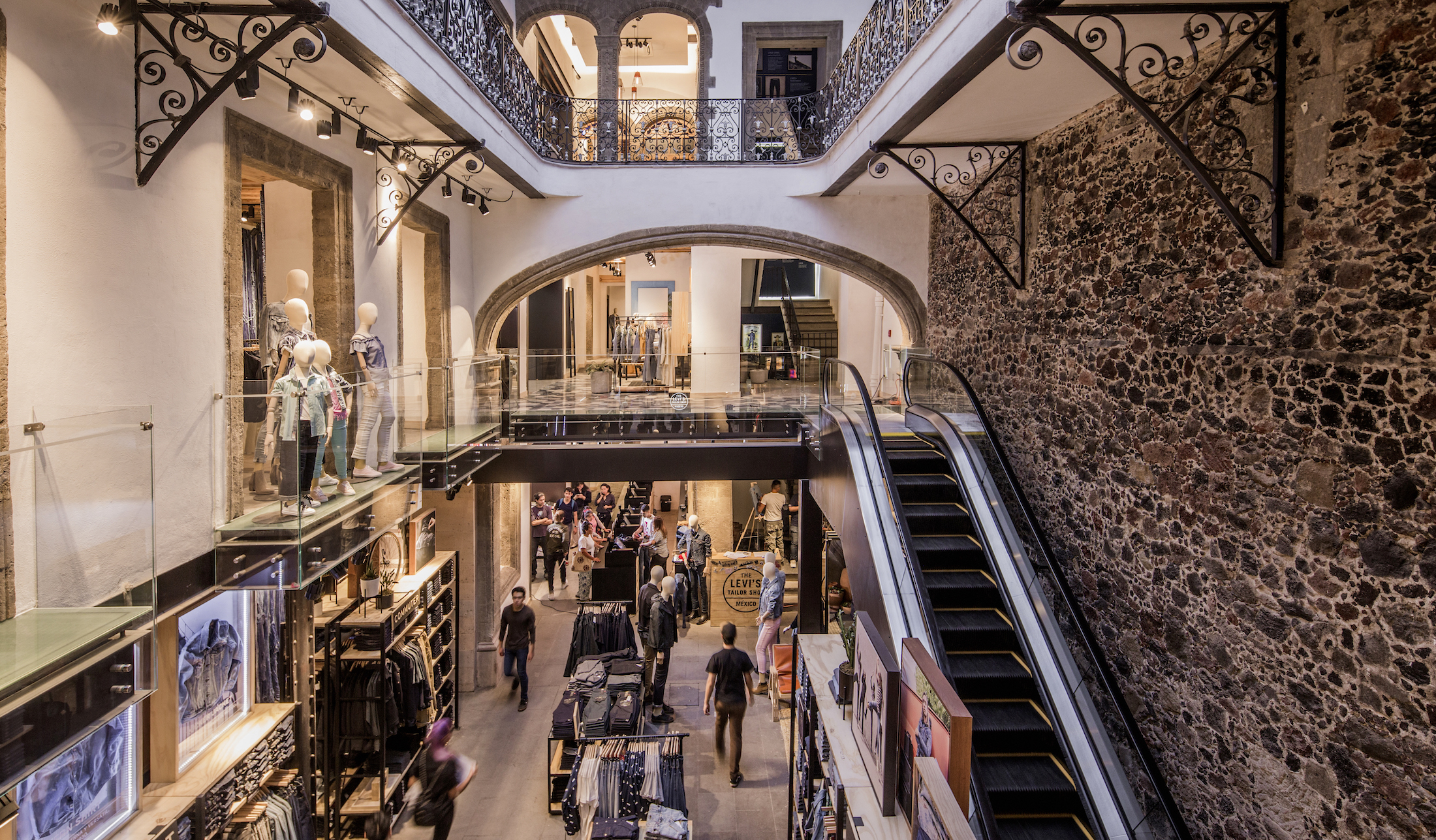In Spring 2018, we rolled out the denim blue carpet to open the first Levi’s® flagship store in Latin America on Calle Madero in Mexico City. Located next to the Main Square, the Madero location is not only on one of the busiest and most popular retail streets in the capital, it is also one of the most architecturally stunning stores.

The store is located in an 19th century, neo-classical building that is protected by two federal institutions: the National Institute of Anthropology and History (INAH) and the Ministry of Urban Development and Housing (SEDUVI). The mission of both organizations is to preserve and protect the urban heritage and cultural history of the country, including the various architectural styles of centuries past, ancient artifacts and museums.

INAH was present throughout construction of the Levi’s® store, helping the team identify and discover important artifacts that needed to be preserved and even approving the blueprints for the store design to ensure it reflected the architectural styles and finishes of Mexico’s history. Today, the Madero Street store is being recognized with an honorable mention by the INAH via their annual INAH Awards in the category of architectural conservation and restoration of urbanistic heritage.
It’s exceptionally rare for a store to receive this acknowledgment. The awards recognize projects and initiatives that honor and preserve the history of Mexico to strengthen the country’s identity and pay homage to its past. Traditionally, these distinctions are reserved for cathedrals and monuments across wide-sweeping categories including archeology, anthropology, historical research, architectural conservation and more. Each year, there is only one winner per category and one honorable mention.

“As an architect, I always believed this store had the potential to be recognized by INAH given its location, historical context and beautiful interiors,” said Adriana Flores, Senior Manager of Store Design & Brand Environment for Mexico and Latin America.
 The Levi’s® store brings together two distinct styles: the front is neoclassical while the back is an older, colonial style. One fun fact: INAH restricts Madero Street to only using the colors blue, gold, black and burgundy; the use of the color red is not allowed. So, in order to get the Levi’s® logo approved for visibility from the street, the team met with INAH’s Project and Construction Direction Board to persuade city leaders to allow the logo display. After several site visits, the Levi’s® team was granted permission, which was largely due to the great restoration and conservation work of the building.
The Levi’s® store brings together two distinct styles: the front is neoclassical while the back is an older, colonial style. One fun fact: INAH restricts Madero Street to only using the colors blue, gold, black and burgundy; the use of the color red is not allowed. So, in order to get the Levi’s® logo approved for visibility from the street, the team met with INAH’s Project and Construction Direction Board to persuade city leaders to allow the logo display. After several site visits, the Levi’s® team was granted permission, which was largely due to the great restoration and conservation work of the building.
During the store’s construction, each day of demolition would lead to some amazing finds, including:
- The discovery of cast iron columns from the end of 18th century
- Old stone buried in the patio
- A stone cross from the mid 18th century
- A textured painting mold on the walls that needed to be restored and protected
Close to 70 percent of the wooden beams within the space dated back to the 18th century – all were eventually restored and incorporated into the main structure and aesthetic of the store’s interiors.
“When we designed the store, our goal was to find the perfect combination of Levi’s heritage married with Mexico’s rich history,” Adriana said, “and we certainly accomplished that.”







